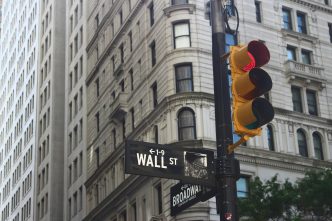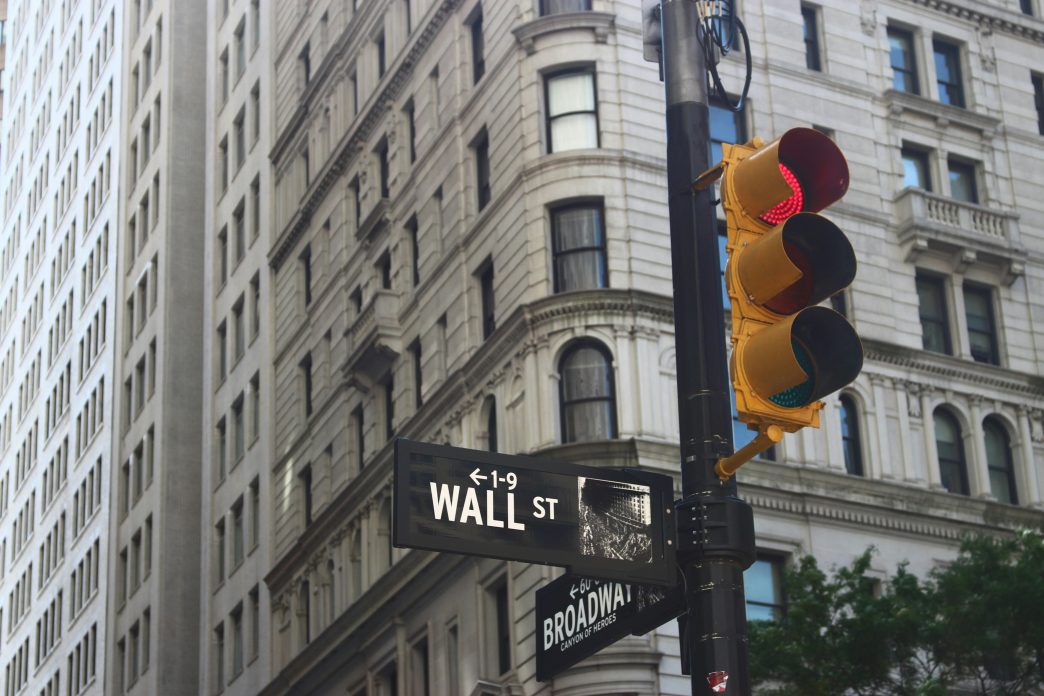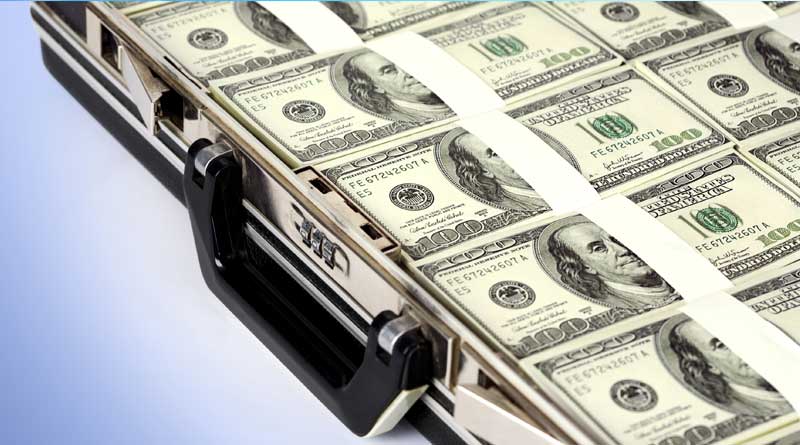In a volatile trading session that initially suggested further market decline, U.S. equities surprised with a late-session rally on Monday. Despite opening with significant losses, a wave of opportunistic buying reversed the trend, driving major indices back into positive territory.
This contrarian shift signals that investors may still have confidence in the market’s resilience, even amid broader bearish sentiment and recent economic headwinds.
This dramatic reversal stands in stark contrast to the panic selling triggered last week by President Trump’s announcement of new “reciprocal” tariffs of 10% on all imports, effective April 5, with significantly higher rates for key trade partners such as China (34%) and the European Union (20%), which will come into force this Wednesday, April 9. The initial market reaction was brutal: the S&P 500 posted its worst weekly drop since 2020, the Dow Jones Industrial Average plummeted by thousands of points into correction territory, and the Nasdaq Composite fell into bear market territory.
The Nasdaq 100, a tech-heavy index particularly sensitive to trade tensions, and previously hard-hit, illustrated the magnitude of today’s swing, going from a drop of 5% to posting gains of over 4% during the session. This move highlights the extreme uncertainty dominating investor sentiment.
Meanwhile, the S&P 500 is fighting a crucial battle around the psychological 5,000-point level. Although it has temporarily rebounded from intraday lows, a close below this threshold could reflect the persistent caution among investors. The fight for 5,000 on the S&P 500 is more than a number; it mirrors the clash between tactical “buy-the-dip” optimism and deep structural economic uncertainty.
Despite the sharp intraday rebound, the exact causes of this recovery remain unclear. While reports circulate about possible legal challenges to the tariffs and early-stage legislative discussions to soften them – with figures like Congressman French Hill exploring options to reaffirm congressional trade authority – there remains considerable skepticism about whether these factors alone justify the scale of the rally. Fundamental uncertainty over the economic impact of a full-scale trade war continues to weigh on markets, with prominent figures like Jamie Dimon warning of inflationary risks and Bill Ackman of a potential “economic nuclear winter.”
Today’s bounce appears to be more a result of seller exhaustion and opportunity hunting than a fundamental shift in economic outlook, which remains clouded by the imminent escalation of tariffs.
Looking ahead, the path for U.S. equities remains closely tied to developments in trade tensions. Focus now shifts to the implementation of higher tariff rates this Wednesday, April 9, and crucially, to potential retaliatory measures by affected nations and Washington’s subsequent response. Volatility, therefore, seems set to remain the norm.
The true market barometer in the coming days will not only be the implementation of the announced tariffs, but the magnitude and nature of the global response and the economy’s capacity to absorb this trade shock. Wall Street stands at a crossroads, swinging between the past investor instinct to seek value after drops, the former bullish market animal spirit, and the genuine fear of the consequences of a more protectionist trade policy.”








